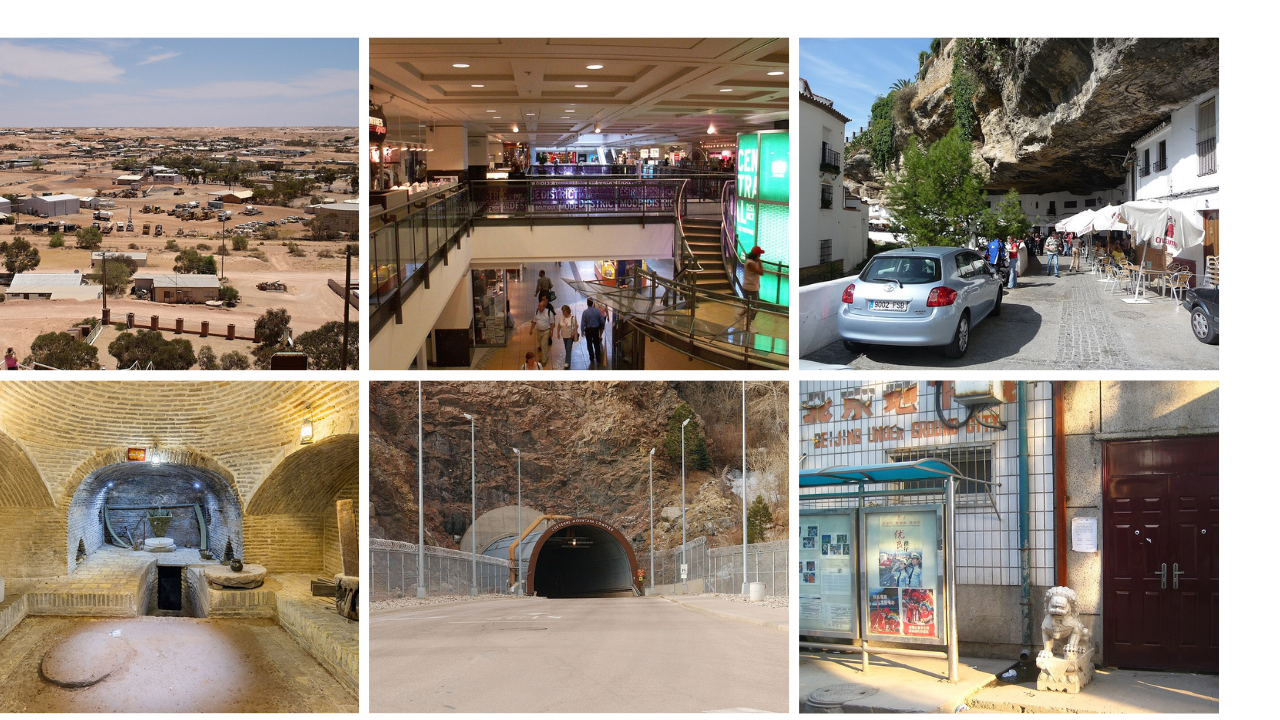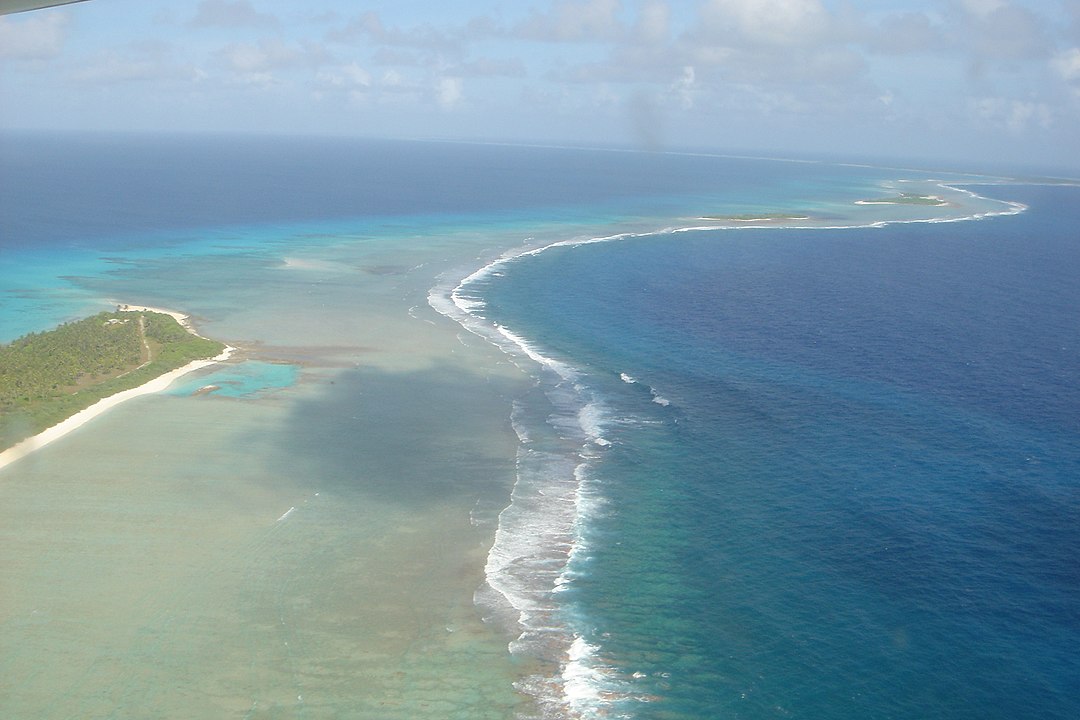Underground cities sound like fantasy until the stairs actually tilt downward and daylight slips away behind concrete and stone. Across the world, people have carved homes, chapels, tunnels, and bunkers into rock for safety, climate, or pure survival. Some feel like hidden villages frozen in time, others like backup versions of modern life humming below traffic. Taken together, they show how far human beings will dig, quite literally, to stay safe, stay cool, and keep going.
Derinkuyu, Turkey
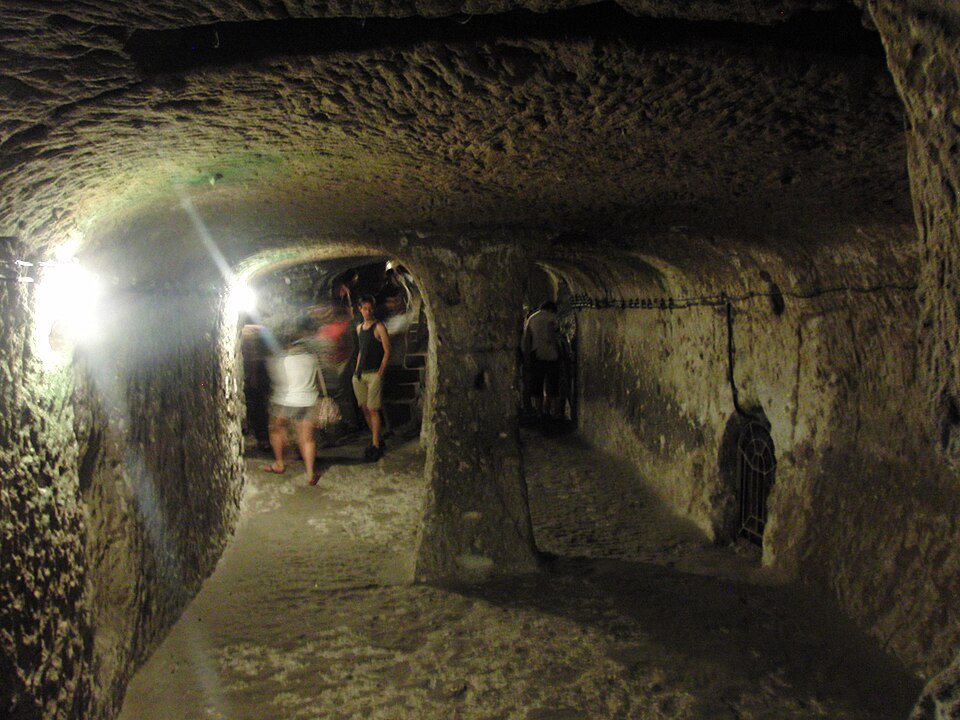
Beneath Cappadocia’s soft volcanic landscape, Derinkuyu drops level after level until the surface feels very far away. Ventilation shafts and wells kept air and water flowing, even when thousands of people and their animals hid below. Rolling stone doors could seal corridors in seconds, turning the place into a fortress. Chapels, kitchens, wineries, and storage rooms sit where the rock allowed, proof that daily life can run surprisingly well without a sky overhead.
Kaymakli, Turkey
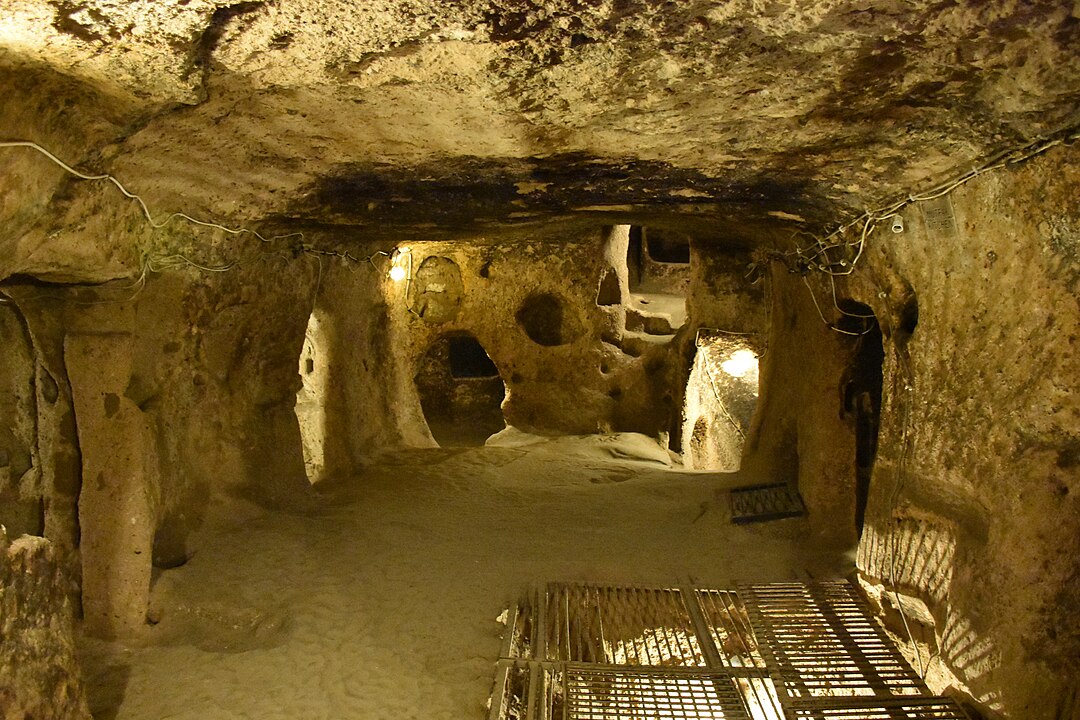
Kaymakli spreads more like a buried neighborhood than a single vertical shaft. Tunnels weave around shared ventilation chimneys, linking stables, kitchens, and a small church marked by carved crosses. Families likely moved along these routes with practiced ease, carrying grain, tools, and water in familiar patterns. The ceilings are low, the rooms compact, yet the layout hints at long years of use, when retreating below ground felt like a normal response to danger on the surface.
Özkonak, Turkey
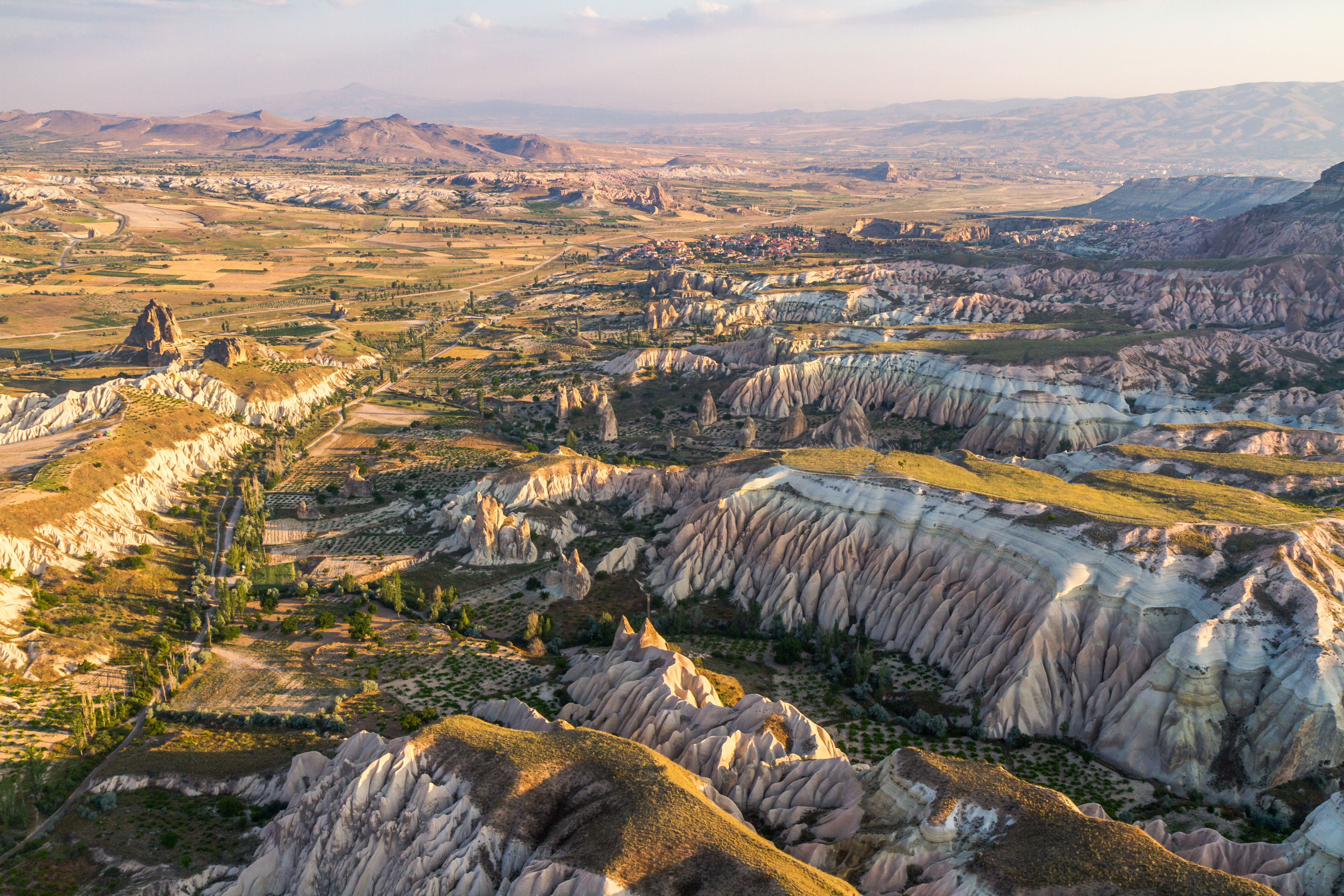
Özkonak sits quieter than its famous neighbors, but its defenses suggest people once expected real trouble. The tunnels hold narrow communication channels above head height, allowing voices and air to travel without exposing doorways. Small vertical shafts were designed so defenders could pour hot sand on attackers forcing a passage. Storage rooms, wine presses, and animal stalls complete the picture of a community that refused to be easy prey, even when hiding in the dark.
Naours, France

Under farmland in northern France, Naours unfolds as a complete underground refuge carved into chalk. Galleries and chambers fan out like a buried village, each room once claimed by families escaping war or local raids. Later, during World War I, soldiers passed through and left names, dates, and messages scratched into the walls. Walking through those halls today means sharing space with centuries of anxiety, routine, and boredom layered into the same pale stone.
Odesa Catacombs, Ukraine

The Odesa Catacombs are less a neat tourist route and more a sprawling accident of history. Stone quarried for city buildings left behind a tangled network that stretches far beyond what has ever been fully mapped. Smugglers, partisans, and contraband all spent time here, sheltered by darkness and confusion. Some sections now serve as controlled museums, but huge parts remain closed, with legends of lost wanderers reminding locals that curiosity has limits under the city.
Coober Pedy, Australia
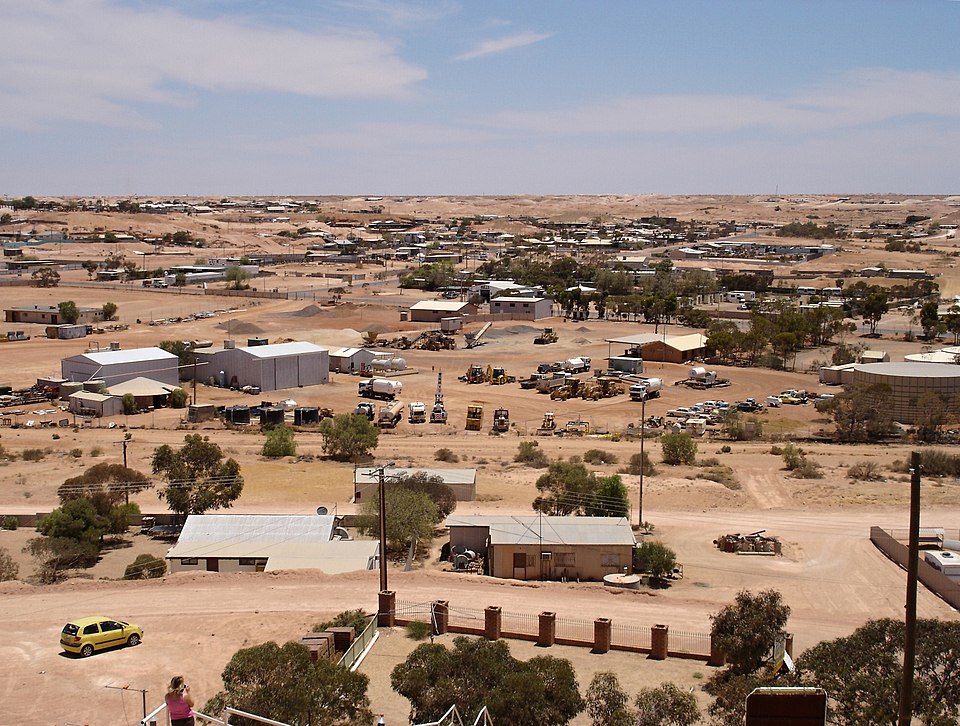
In Coober Pedy, the sun rules the surface, so many residents simply choose not to live there. Dugout homes are carved into sandstone hillsides, turning bare rock into bedrooms, kitchens, and cool corridors that barely notice summer heat. Churches and bars sit below ground as well, giving the town an oddly quiet feel once doors close behind street level. The opal trade may have started the digging, but climate helped convince people to stay inside the earth.
Montreal Underground City, Canada

Montreal’s Underground City is less about hiding from danger and more about outsmarting winter. Shops, offices, hotels, and metro stations connect through long corridors that feel almost like another town under the sidewalks. Commuters can cross large parts of downtown without ever facing snow, ice, or traffic lights. Food courts, art displays, and small plazas soften the functional feel, turning the network into a kind of public living room that just happens to sit below the frost line.
Seattle Underground, United States

Seattle’s underground district exists because the city refused to accept its original street level. After a major fire and years of flooding problems, planners raised the roads, leaving the first floors of many buildings buried. Old sidewalks, storefronts, and glass sidewalk tiles now sit in semi darkness, accessible only by guided tours and locked stairwells. Faded signs and bricked doorways give the sense of a ghost city preserved by accident, sealed in place by progress overhead.
Shanghai Tunnels, United States

Beneath parts of Portland’s Old Town, brick tunnels once connected basements to the waterfront so cargo could move without clogging streets. Those same passageways grew tangled with stories about hidden bars, gambling, and stolen sailors, true or not. What remains is a shadow version of the neighborhood, with worn steps, low arches, and locked grates. The atmosphere feels less like a polished attraction and more like an honest snapshot of a working port that never completely slept.
Wieliczka Salt Mine, Poland

Wieliczka began as a place to dig salt and slowly became something closer to a carved underground city. Miners left chapels, reliefs, and large assembly halls cut directly into glimmering rock, often decorating them with religious scenes made from salt. Walkways pass over briny lakes and through long corridors lined with textured walls that sparkle under soft light. It feels part cathedral, part industrial site, showing how labor, faith, and art can share the same deep tunnels.
Kariz Underground City, Iran

On Kish Island, the Kariz complex repurposes an ancient water system into a walkable cultural space. Old qanat tunnels that once carried drinking water now frame cool passageways lined with coral stone, traditional shops, and rest areas. The ceiling filters light in gentle patterns, while the constant underground temperature offers relief from harsh Gulf heat. It is both a reminder of how carefully earlier engineers managed scarce water and a modern example of recycling infrastructure with respect.
Beijing Underground City, China
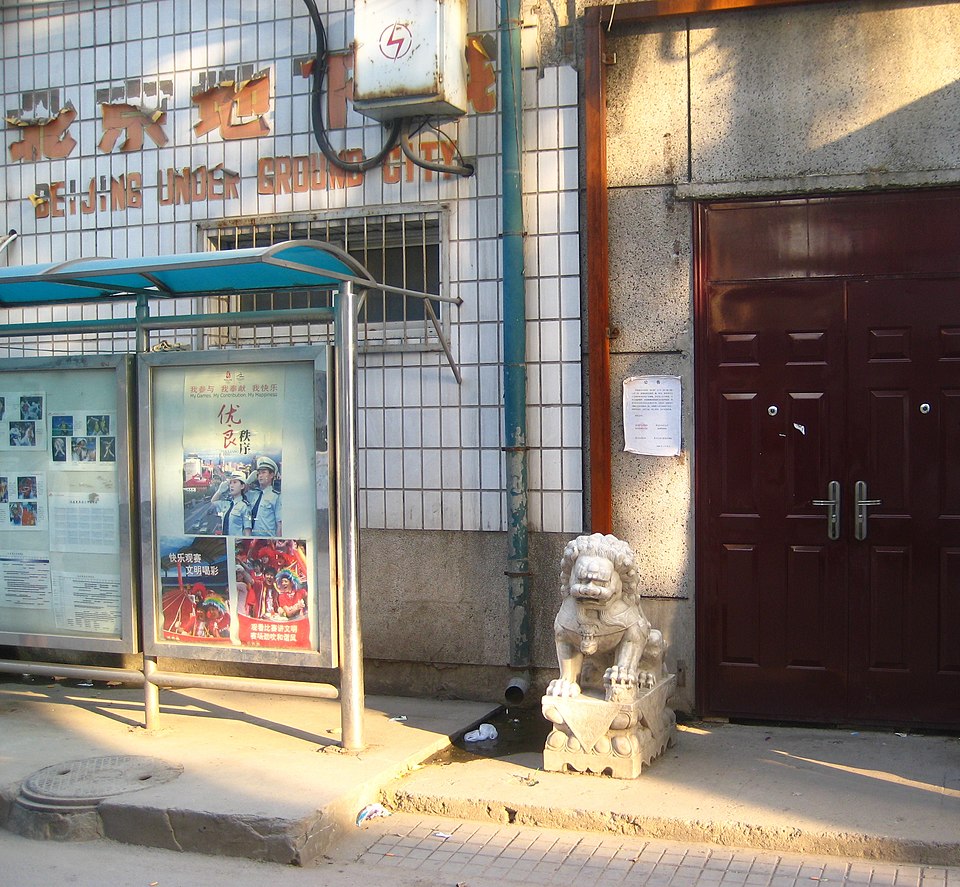
Beneath parts of Beijing lies a network built during an anxious stretch of the Cold War. The tunnels were intended as shelter from attack and included living quarters, storage, and basic services to keep large numbers of people alive below ground. Over the years, some sections have shifted into informal housing or quiet commercial use, mostly out of public view. The result is a layered capital, where small lives and big fears once shaped the same reinforced corridors.
Burlington Bunker, United Kingdom
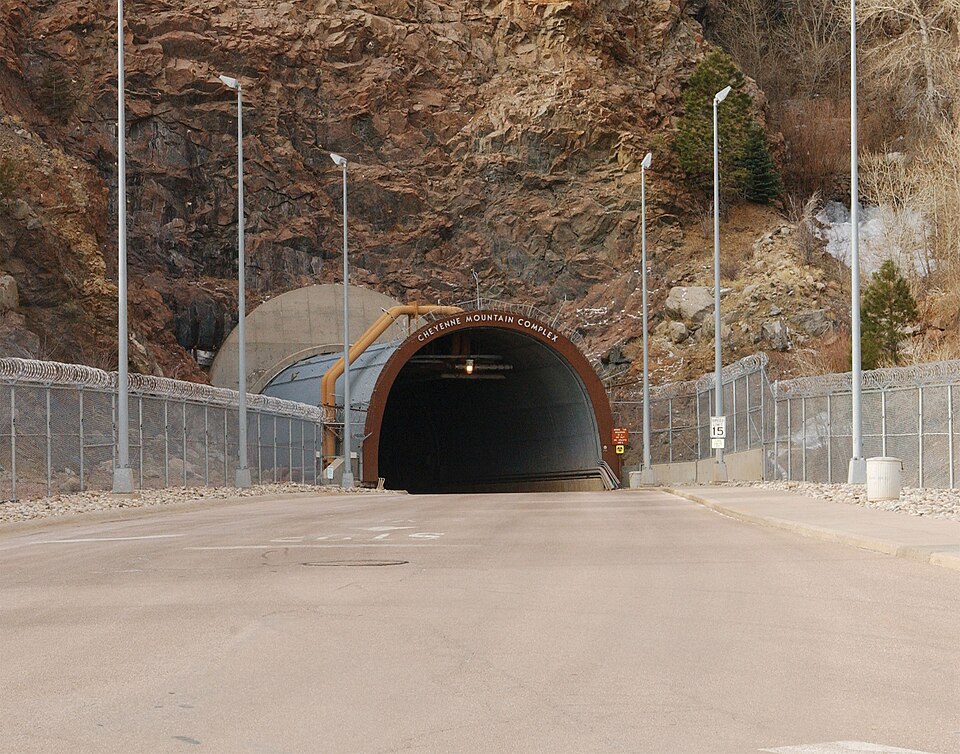
Burlington Bunker was designed for a moment everyone hoped would never arrive. Buried under the English countryside, it held dormitories, offices, communication rooms, and even a small broadcasting setup ready to keep a government functioning during nuclear crisis. Long corridors, identical doors, and practical furnishings give it an eerie, suspended feel, as if staff might return at any second. Instead it stands as a relic of careful planning in the face of unthinkable risk.
Setenil de las Bodegas, Spain
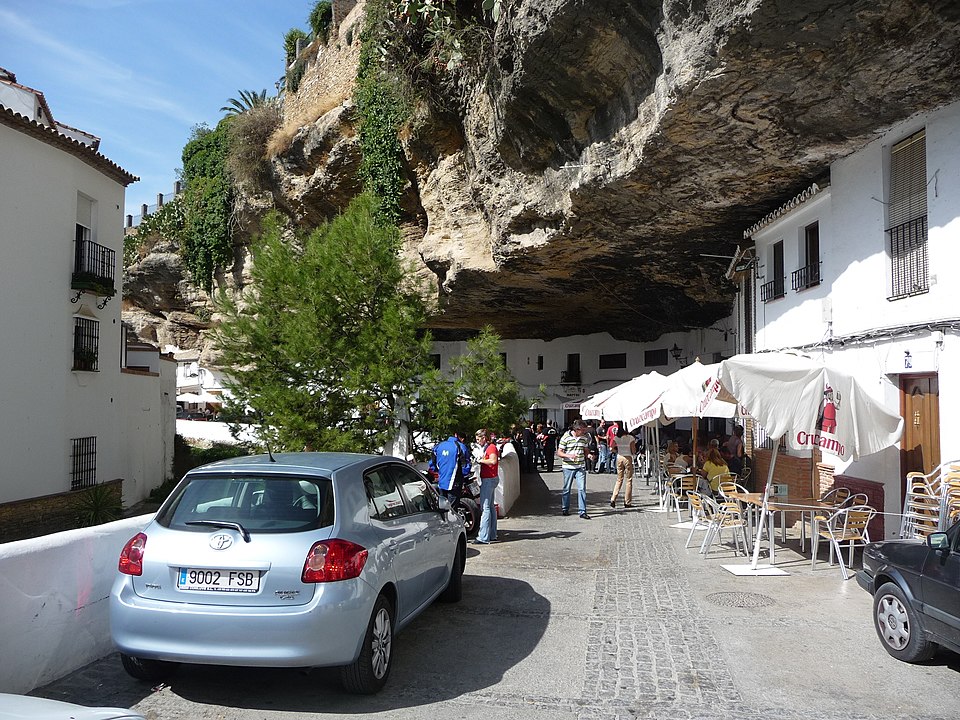
Setenil de las Bodegas blurs the boundary between underground and open air. Houses and cafes wedge directly into rock overhangs along the river, using natural ceilings instead of traditional roofs. Streets run under massive stone slabs that hold back heat while framing bright white walls and colorful signs. Daily life still plays out on the surface, but much of the shelter comes from within the cliff itself, a quiet partnership between geology and human stubbornness.
